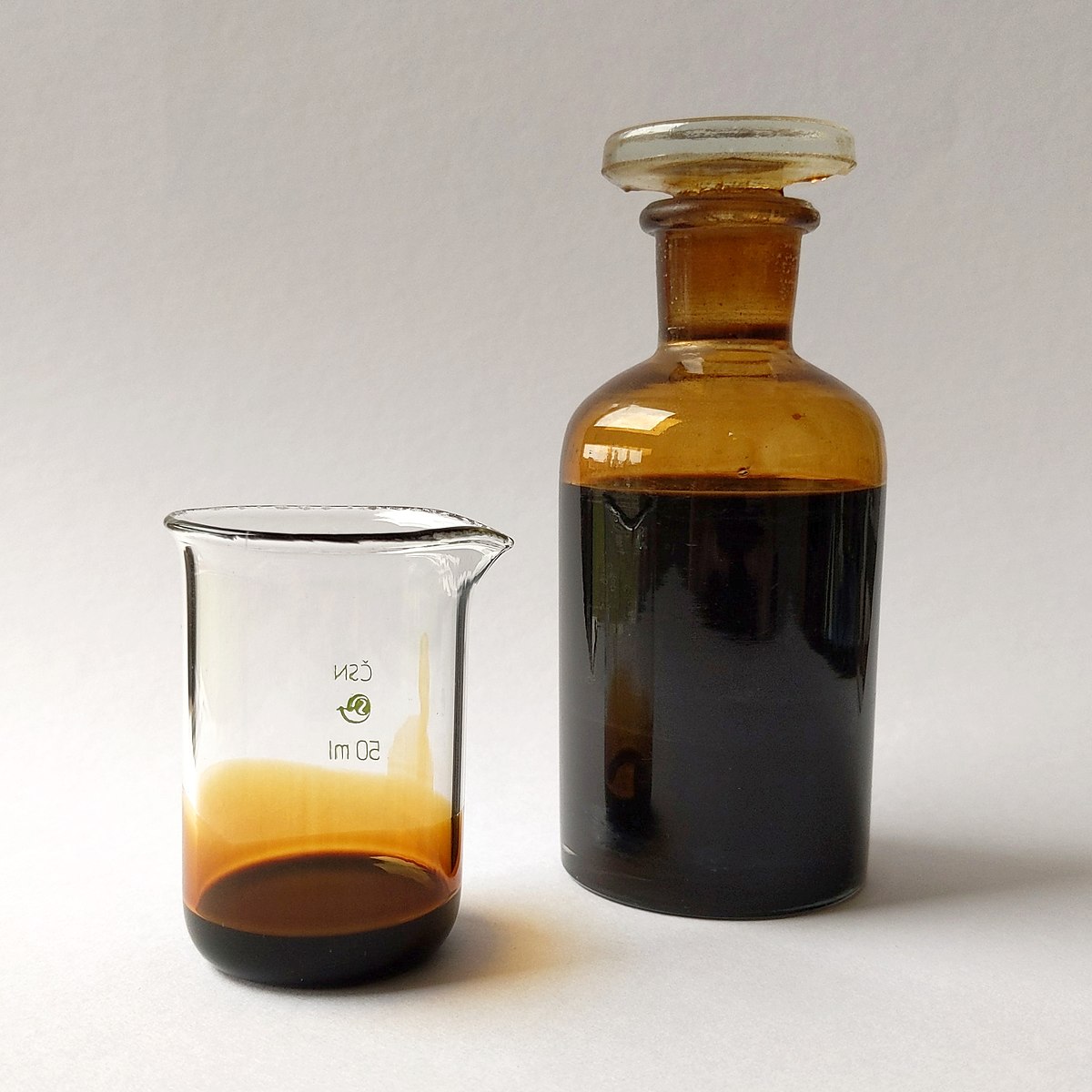More than 4000 years ago, according to
Herodotus and
Diodorus Siculus,
asphalt was used in the construction of the walls and towers of
Babylon; there were oil pits near Ardericca (near Babylon), and a pitch spring on
Zacynthus.
[10] Great quantities of it were found on the banks of the river
Issus, one of the tributaries of the
Euphrates. Ancient
Persian tablets indicate the medicinal and lighting uses of petroleum in the upper levels of their society.
The use of petroleum in ancient China dates back to more than 2000 years ago. In
I Ching, one of the earliest Chinese writings cites that oil in its raw state, without refining, was first discovered, extracted, and used in China in the first century BCE. In addition, the Chinese were the first to record the use of petroleum as fuel as early as the fourth century BCE.
[11][12][13] By 347 AD, oil was produced from bamboo-drilled wells in China.
[14][15]
Crude oil was often distilled by
Persian chemists, with clear descriptions given in Arabic handbooks such as those of
Muhammad ibn Zakarīya Rāzi (Rhazes).
[16] The streets of
Baghdad were paved with
tar, derived from petroleum that became accessible from natural fields in the region. In the 9th century,
oil fields were exploited in the area around modern
Baku,
Azerbaijan. These fields were described by the
Arab geographer Abu al-Hasan 'Alī al-Mas'ūdī in the 10th century, and by
Marco Polo in the 13th century, who described the output of those wells as hundreds of shiploads.
[17] Arab and Persian chemists also distilled crude oil in order to produce
flammable products for military purposes. Through
Islamic Spain, distillation became available in
Western Europe by the 12th century.
[18] It has also been present in Romania since the 13th century, being recorded as păcură.
[19]
Early British explorers to
Myanmar documented a flourishing oil extraction industry based in
Yenangyaung that, in 1795, had hundreds of hand-dug wells under production.
[20]
Pechelbronn (Pitch fountain) is said to be the first European site where petroleum has been explored and used. The still active Erdpechquelle, a spring where petroleum appears mixed with water has been used since 1498, notably for medical purposes. Oil sands have been mined since the 18th century.
[21]
In
Wietze in lower Saxony, natural asphalt/bitumen has been explored since the 18th century.
[22] Both in Pechelbronn as in Wietze, the coal industry dominated the petroleum technologies.
[23]

en.wikipedia.org

 www.frontpagemag.com
www.frontpagemag.com


